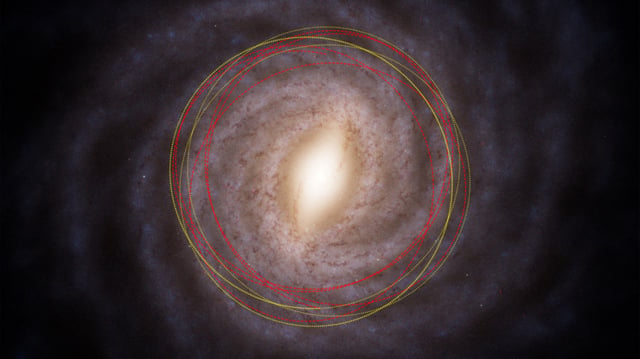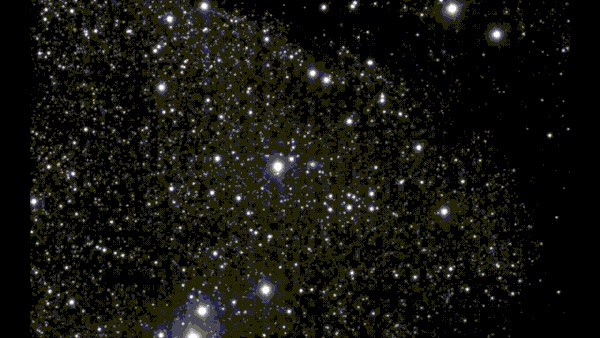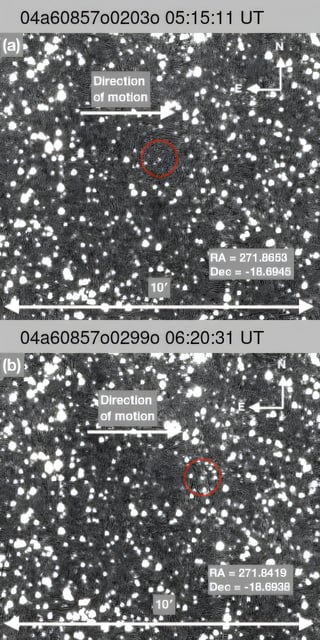Overview
- Researchers used the Ōtautahi–Oxford interstellar object population model with Gaia data to trace 3I/ATLAS back to the Milky Way’s thick disk, marking the first interstellar visitor from that galactic region.
- The comet’s discovery velocity of roughly 57 km/s matches thick disk dynamics and underpins an age estimate between 7.6 and 14 billion years—older than the Solar System itself.
- Early July imagery from major observatories has revealed a growing coma and tail, confirming active outgassing as the object approaches the Sun.
- With an estimated diameter of 10–20 km, 3I/ATLAS displays a bluer nucleus and redder dust envelope than typical comets native to our system.
- Global telescope networks are intensifying observations to map its trajectory ahead of the comet’s closest solar pass inside Mars’s orbit in October 2025.


